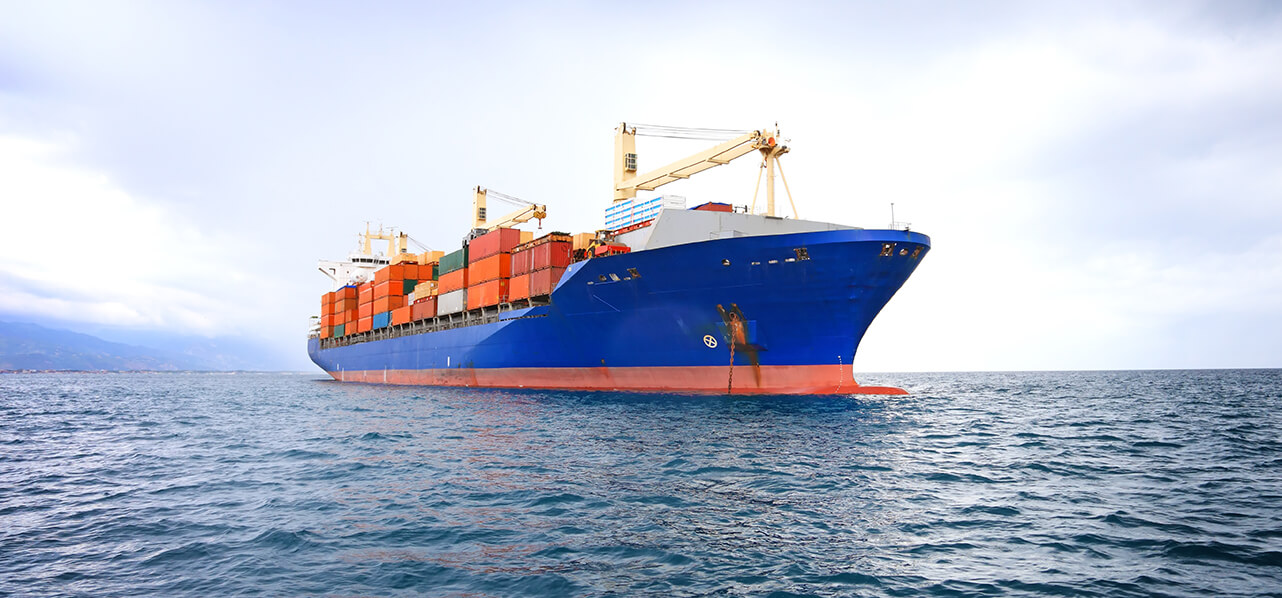Partner London
"The ETDA will help to reduce costs for businesses."
The UK’s Electronic Trade Documents Act (“ETDA”) comes into effect on 20 September 2023. It aims to facilitate the use of electronic trade documents, such as an electronic bill of lading (“E.B/L”). By substituting paper record-keeping with electronic trade documents, the ETDA will help to reduce costs for businesses, as well as the carbon footprint of trade and drive more competitive pricing for consumers.
Under the ETDA, the legislature has adeptly dealt with the issue of “possession” and “transferability”. The ETDA provides that a person may possess, endorse and part with possession of an electronic trade document. An electronic trade document has the same effect as an equivalent paper trade document and anything done in relation to an electronic trade document has the same effect as it would have in relation to an equivalent paper trade document.
The ETDA prescribes the relevant types of trade documents, with the list including well known documents in paper trade transactions such as bills of lading, promissory notes, delivery orders and cargo insurance certificates. However, to implement the ETDA properly, the primary focus is now on establishing a “reliable system”. A trade document covered by the ETDA can be an electronic trade document only if a “reliable system” is used. For a system to be considered “reliable”, it needs to comply with the criteria set out in sections 2(2) and 2(5) of the ETDA.
"Can be an electronic trade document only if a 'reliable system' is used."
Requirements under the ETDA
Section 2(2) sets out what the reliable system needs to do to ensure that electronic information constitutes an “electronic trade document”. The system needs to:
- identify the document so that it can be distinguished from any copies;
- protect the document against unauthorised alteration;
- secure the document such that it is not possible for more than one person to exercise control of the document at any one time;
- allow any person who is able to exercise control of the document to demonstrate that the person is able to do so; and
- secure that a transfer of the document is effective to deprive any person who was able to exercise control of the document immediately before the transfer of the ability to do so (unless the person is able to exercise control by virtue of being a transferee).
Section 2(5) sets out the matters to be taken into account when determining whether a system is reliable. The phrasing of the ETDA suggests that this is an indicative rather than an exhaustive list. The matters for consideration include:
"Such electronic documents are already in wide use."
- any rules of the system that apply to its operation;
- any measures taken to secure the integrity of information held on the system;
- any measures taken to prevent unauthorised access to and use of the system;
- the security of the hardware and software used by the system;
- the regularity of and extent of any audit of the system by an independent body;
- any assessment of the reliability of the system made by a body with supervisory or regulatory functions; and
- the provisions of any voluntary scheme or industry standard that apply in relation to the system.
Key requirements of a “reliable system”
We provide an illustration below of some of the features a reliable E.B/L system under the ETDA might contain. The ETDA is generally agnostic and the following description is not intended to infer a preference for one type of technology or model to another. In the illustration below, we assume that the parties have a digital bill of lading which contains all the information that would be contained in a paper bill of lading. Such electronic documents are already in wide use, for example electronic forms supplied by providers such as Bolero, EssDOCS, e-title, edoxOnline, CargoX and WAVE. Some carriers (particularly in the container trade) have digital bills of lading as part of their own systems and BIMCO has developed and published an electronic bill of lading standard (eBL Standard) for the bulk shipping sector. The key features are:
"The system should be able to generate unique cryptographic keys."
- detailed rule books setting up a contractual construct for transferring and possessing electronic trade documents binding all users of the system should no longer be necessary. However, post ETDA online systems will likely still involve software user agreements where parties must register or agree to use the system on standard terms and conditions but probably with some bespoke provisions for the relevant E.B/L system. System designers and their primary customers will also need to consider the need for KYC (know your client) and AML (anti-money laundering) requirements to be satisfied;
- the system should be able to generate unique cryptographic keys embedded in the digital trade documents;
- the system should also ensure that the parties to each transaction can be identified and issued with a unique security key to access the system. No other party should be able to access the system for that transaction;
- when the goods are shipped and freight has been paid, the shipper should be able to receive the E.B/L from the carrier. This would entail the carrier using the security keys to access the system and offer to transfer the E.B/L to the shipper, and the shipper using its keys to accept;
- the transferability and negotiability of the E.B/L are of paramount importance and so the system must have a function to indorse the E.B/L;
- the holder of the E.B./L. should be able to scan a QR code or other similar technology and/or type in a unique key to allow the document to be authenticated and its details checked. Once the instrument is authenticated, the holder can transfer title;
- once the transfer takes place the carrier or former holder of the E.B/L should not be able to access the E.B/L and should not control any subsequent transfers. A key requirement of the ETDA is that only one party at any one time can use, transfer or otherwise dispose of an electronic trade document; and
- at any stage the electronic trade document should be capable of being converted into a paper trade document in line with the requirements of the ETDA.
"The role of the P&I Clubs."
Next steps
The requirements in sections 2(5)(e) and (f) of the ETDA place some importance on an independent technical, third-party advisor/assessor auditing the system and the hardware and software used. In addition, certain recognised industry criteria or standards already exist for objectively describing levels of development and levels of security. There is currently no consensus as to what a “reliable” system should be in relation to electronic trade documents nor is there is a regulator to oversee the system. The Centre for Digital Trade and Innovation (under the ICC) is aiming to develop criteria for and /or a register of reliable systems such that any system wanting to comply with the terms of the ETDA has a mechanism for identifying the standards they would need to meet once they have satisfied the criteria to be registered as such. The intention is to build and deliver a model by the second quarter of 2024.
Until consensus on such a model or models are established, parties assessing electronic document systems would need to consider the individual factors set out in the ETDA on a case-by-case basis. In particular, whether the access is via an assured authentication of the corporate or individual participator in a system, the security of the system via compliance with good cybersecurity standards and integrity of the system due to interoperable and machine-readable data management methods.
"Full international buy-in would be required both commercially and legally to achieve the desired result."
Another important factor for E.B/L systems on the road to commercialisation will be the role of the P&I Clubs. Before approving the E.B/L and use of blockchain based systems, P&I Clubs will need to satisfy themselves that an electronic bill of lading still performs the three functions of a paper bill of lading which customarily underpin P&I cover, namely, as a receipt, as a document of title and as a contract of carriage incorporating the required defences and liability exclusions for the carrier. There are currently ten systems approved by the International Group of P&I Clubs and they expect that after the ETDA comes into force there will be many more (see the circular issued by International Group P&I Clubs dated 12 September 2023).
Users of E.B/Ls under the ETDA will still need to ensure that their contractual arrangements (i.e., their charterparty clauses or bill of lading terms and conditions) and the terms of use and capabilities of the “system” align and provide clarity on various issues, to avoid potential disputes. Inevitably, some thought should be given to what a challenge to the reliability of an ETDA system might look like. In what circumstances might this arise? How will reliability be determined particularly if the developer is not part of the relevant dispute between say, a carrier and a cargo receiver in a private arbitration?
A robust regulatory or industry framework in relation to the reliability would certainly go a long way in encouraging the use of electronic trade documents but it is difficult to predict when the electronic trade document tipping point for general usage will come. However, full international buy-in would be required both commercially and legally to achieve the desired result. Interoperability is a key issue. The systems would need to connect with other electronic systems facilitating international trade. Trust would need to be developed between various existing and new stakeholders who can be part of the solution, but commercial self-interest is to be expected, risking digital islands that become blockers. Confidence in identifying “reliable systems” will allow providers and users to take full advantage of the ETDA.
Key contacts
Partner London
Counsel London





